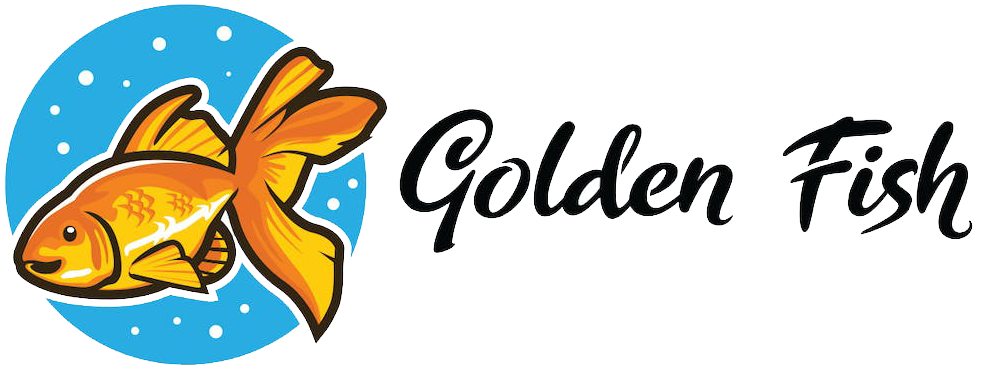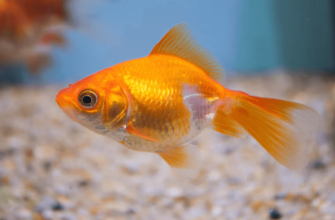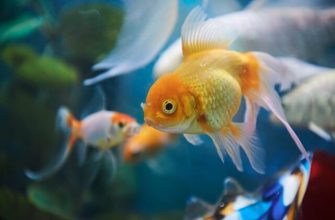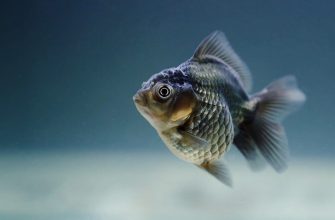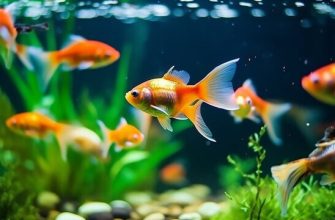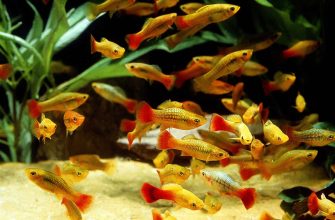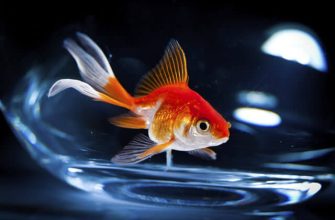Goldfish, with their mesmerizing colors and graceful movements, are beloved pets for many aquarium enthusiasts. If you’re a goldfish owner or considering bringing one into your home, you might wonder, “How fast do goldfish grow?” Understanding the growth rate of goldfish is essential for providing them with proper care and ensuring their well-being.
In this guide, we’ll explore the factors influencing goldfish growth, typical growth rates at different stages of development, and tips for promoting healthy growth in your goldfish.
Average Goldfish Growth Rate
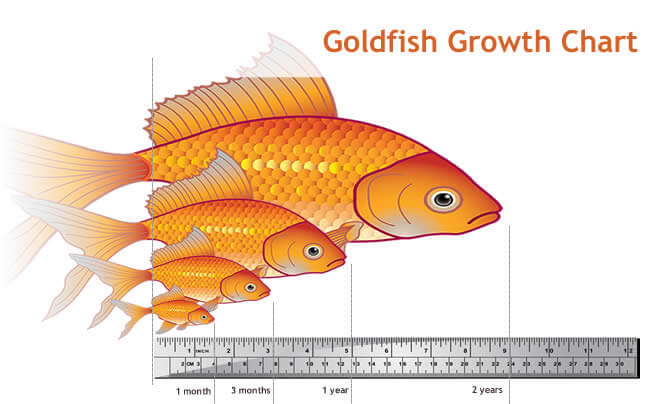
Goldfish grow rapidly in the first few months of life, then growth slows as they mature. On average, goldfish grow about 1 inch per month during the first year.
Newly hatched fry can grow to over 1 inch in just 6 weeks. During the juvenile phase from 3-12 months old, goldfish may grow 1-2 inches per month. After 12 months, growth slows to about 1 inch every 2-3 months.
By 18 months old, fancy goldfish like orandas and ryukins reach close to their adult size of 6-8 inches. Single-tailed comet and common goldfish grow larger, reaching 10-12 inches by 2 years old. Maximum growth happens by age 3-5 years when adults may reach 12-14 inches.
Factors Affecting Growth
Several key factors influence how fast goldfish grow and reach maturity.
Water Temperature – Warmer water temperatures between 70-80°F accelerate goldfish growth, while cooler temperatures slow it down. Goldfish thrive best in 70-75°F water.
Tank Size – Goldfish grow larger in bigger tanks and ponds. Restrictive small tanks can stunt growth. Aim for at least 10 gallons per goldfish.
Water Quality – Good water quality with minimal ammonia, nitrites, and nitrates promotes healthy growth. Frequent water changes and filtration are important.
Genetics/Breed – Some breeds like common goldfish grow larger than fancy breeds. The genetics influence maximum size and growth rate.
Feeding – A nutritious diet with protein and vitamins supports proper growth. Both underfeeding and overfeeding can inhibit growth. Feed several small meals per day.
Newly Hatched Fry
Goldfish fry are extremely small when they first hatch, often less than 1 cm in length. They undergo a period of very rapid growth initially as they consume their yolk sacs and begin feeding externally. Within the first month of life, goldfish fry may quadruple or more in size if provided with ideal conditions.
This initial growth spurt allows the fry to reach a more stable juvenile stage within 4-6 weeks after hatching. Proper feeding and tank maintenance are critical during this vulnerable newborn period. Fry should be fed small live foods like infusoria, microworms, or powdered fry food multiple times per day. Overcrowding and poor water quality can easily stunt growth or lead to death at this delicate age. With attentive care and frequent partial water changes, goldfish fry can thrive and steadily gain length during their first month of life.
Juvenile Phase
During the juvenile phase, goldfish experience their most rapid growth. Studies show that juvenile goldfish can grow up to 10% of their body weight per day when fed high-quality diets. Optimal protein and lipid levels for juvenile growth are around 400 g/kg and 80 g/kg respectively.
After 3-6 months, goldfish typically reach 1.5-3 inches in length if cared for properly. Their rapid growth during this stage requires ample feeding 2-4 times per day with a high quality diet. Monitoring water quality is also critical, as juveniles are sensitive to ammonia and nitrites. With optimal conditions, goldfish transform from small fry to juveniles capable of thriving in most home aquariums within their first 6 months of life.
Adult Size
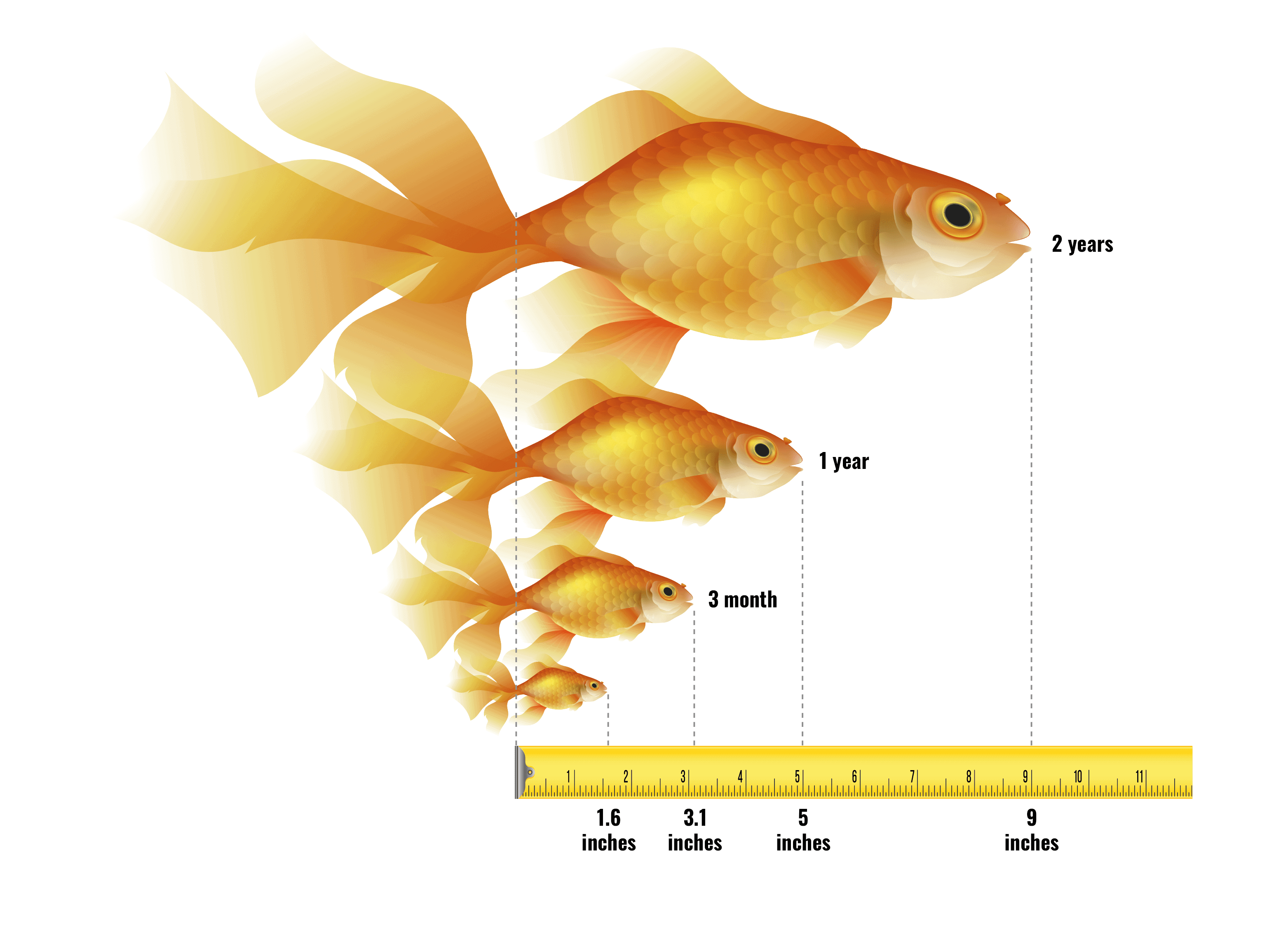
Goldfish typically reach their full adult size within 1-3 years, depending on breed and care. On average, most common goldfish varieties reach 4-8 inches in length when fully grown. Fancy goldfish breeds are generally smaller, averaging 3-6 inches as adults.
Here are some more details on the average maximum size of popular goldfish breeds:
- Common goldfish – 6-8 inches, sometimes reaching 12+ inches
- Comet goldfish – 6-10 inches, occasionally 12+ inches
- Shubunkin goldfish – 6-8 inches
- Fantail goldfish – 4-6 inches
- Ryukin goldfish – 4-6 inches
- Oranda goldfish – 4-6 inches
- Lionhead goldfish – 3-5 inches
- Bubble eye goldfish – 3-4 inches
The size range can vary quite a bit within breeds based on factors like genetics, nutrition, tank size, and water quality. Well-cared for goldfish with a nutritious diet and large tank space are more likely to reach the upper end of their breed’s size range.
Giant Goldfish
Goldfish have the ability to grow much larger than average pet goldfish. The largest goldfish on record was caught in 2021 by a fisherman in France. It weighed in at a massive 67 pounds.
Giant goldfish like this are able to reach such large sizes due to a few key factors. First, they live in open waters where they have abundant food sources and room to grow. Captive goldfish are restricted by tank size and regulated feeding. Second, giant goldfish are often hybrids mixed with carp or koi genetics, allowing them to exceed the size limitations of purebred goldfish. Finally, they live much longer lifespans up to 30 years, compared to average goldfish living 5-10 years in captivity. Their longevity enables giant growth over time.
While giant goldfish make headlines, they are extremely rare. Most fancy goldfish reach lengths of 6-10 inches at maturity. Still, their incredible size proves the impressive growth goldfish are capable of under ideal conditions.
Stunted Growth
Stunted growth in goldfish is a common issue caused by improper care and living conditions. Goldfish have the potential to grow quite large, but their growth can become stunted due to a variety of factors.
The most common cause of stunted growth is keeping goldfish in tanks that are too small. Goldfish require at least 20 gallons for the first fish and an additional 10 gallons per additional fish. Keeping goldfish in cramped tanks doesn’t allow them enough room to grow to their full size potential.
Another factor that contributes to stunted growth is poor water quality. Ammonia and nitrite buildup from fish waste can become toxic. Goldfish produce a lot of waste, so their water needs frequent changing. Insufficient water changes lead to poor water quality, which stresses fish and inhibits their growth.
Stunted growth can negatively impact a goldfish’s health and lifespan. Their organs continue growing but their body stays small. This can cause internal pressure, organ damage, and a shortened lifespan. Stunted fish are also more prone to illnesses and disease.
Providing an adequately sized tank with frequent water changes can help prevent stunted growth. Goldfish allowed to reach their full size potential are healthier and live longer.
Optimizing Growth

Goldfish growth can be optimized by providing the right tank conditions and diet.
Here are some key factors for enabling your goldfish to reach their maximum size potential:
- Tank Size – Goldfish need lots of swimming room as they grow larger. The general recommendation is 20-30 gallons for the first goldfish, plus 10-20 gallons for each additional goldfish. Large tank sizes help dilute waste and provide cleaner water.
- Water Changes – Frequent partial water changes are essential, as goldfish are messy fish. Aim to replace 25-50% of the tank water 1-2 times per week to remove nitrates, ammonia and other waste buildup. Use a gravel vacuum to remove debris from the substrate during water changes.
- Food – Feed a high quality pellet or flake goldfish food 2-3 times per day. Only feed an amount that can be consumed within 2-3 minutes, and remove any uneaten food to avoid waste buildup. Provide a varied diet by supplementing with blanched veggies, frozen foods and occasional treats.
- Temperature – Goldfish thrive in cooler water temperatures between 65-72°F. Warmer temperatures speed up their metabolism and can cause stunted growth. Use a submersible heater and thermometer to maintain optimal temperature range.
Providing large tanks, frequent water changes, a healthy diet and cool water temperatures will enable goldfish to reach their maximum growth potential over time. Monitor water parameters and watch for signs of disease to keep goldfish happy and growing.
Growth Monitoring
Monitoring the growth and development of goldfish fry is an important part of breeding healthy fish. Goldfish grow rapidly in the first few months of life, so it’s recommended to track and chart their length on a weekly basis during this period. This allows breeders to ensure the fry are growing at an expected rate and identify any issues early on.
Many breeders also take regular photographs of the same fish over time to visually document their growth. Comparing photos taken a month apart shows the remarkable growth goldfish are capable of. Photos are also useful for recording body shape changes and fin development. Some breeders even use graph paper or rulers in photos to aid in measuring length.
Overall, routinely tracking and documenting goldfish growth provides valuable insight into their health and development. Breeders can use growth records to identify the fastest growing individuals to select as breeders for the next generation. Monitoring growth ultimately results in larger, healthier goldfish.
Lifespan
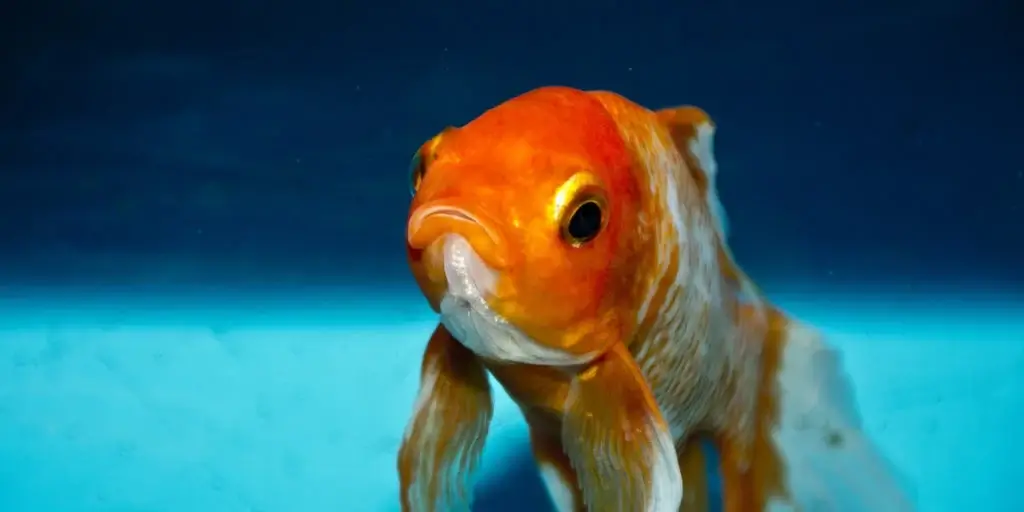
Lifespan varies greatly depending on species and environment. Common goldfish kept as pets typically live 5-10 years on average. The oldest recorded goldfish lived an incredible 43 years!
Proper care and an optimized environment can maximize growth and extend lifespan. Small, crowded tanks stunt growth and shorten life. A study found a goldfish’s lifespan correlates with tank size. Keeping goldfish in too small of a tank can inhibit growth and cause health issues.
With proper care, common goldfish can live 10-15 years and fancy varieties 15-20 years. Providing an adequately sized tank, optimal water quality, varied diet, and disease prevention allows goldfish to thrive and reach their maximum lifespan potential.
Conclusion
Understanding how fast goldfish grow is essential for providing them with the best care and environment to thrive. While genetics play a significant role in determining growth rates, environmental factors such as tank size, water quality, and diet also play crucial roles.
By following the tips outlined in this guide, you can promote healthy growth in your goldfish and ensure they reach their maximum potential size. Remember, each goldfish is unique, and attentive care tailored to their individual needs will help them grow into vibrant members of your aquarium community.
So, whether you’re a seasoned aquarist or a beginner embarking on your goldfish-keeping journey, this guide has equipped you with valuable insights into goldfish growth rates, empowering you to provide the best care for your finned friends. Happy fishkeeping!
